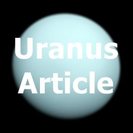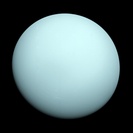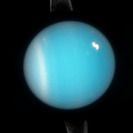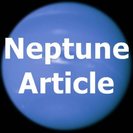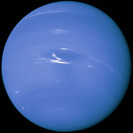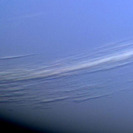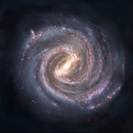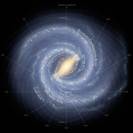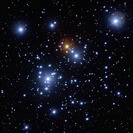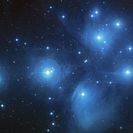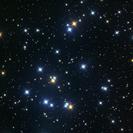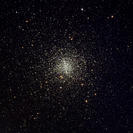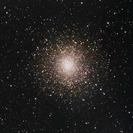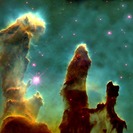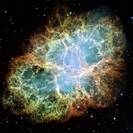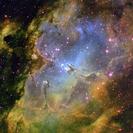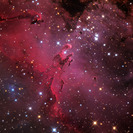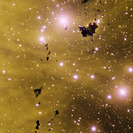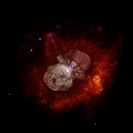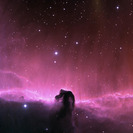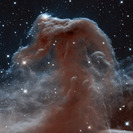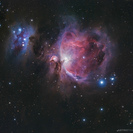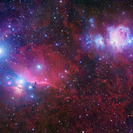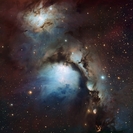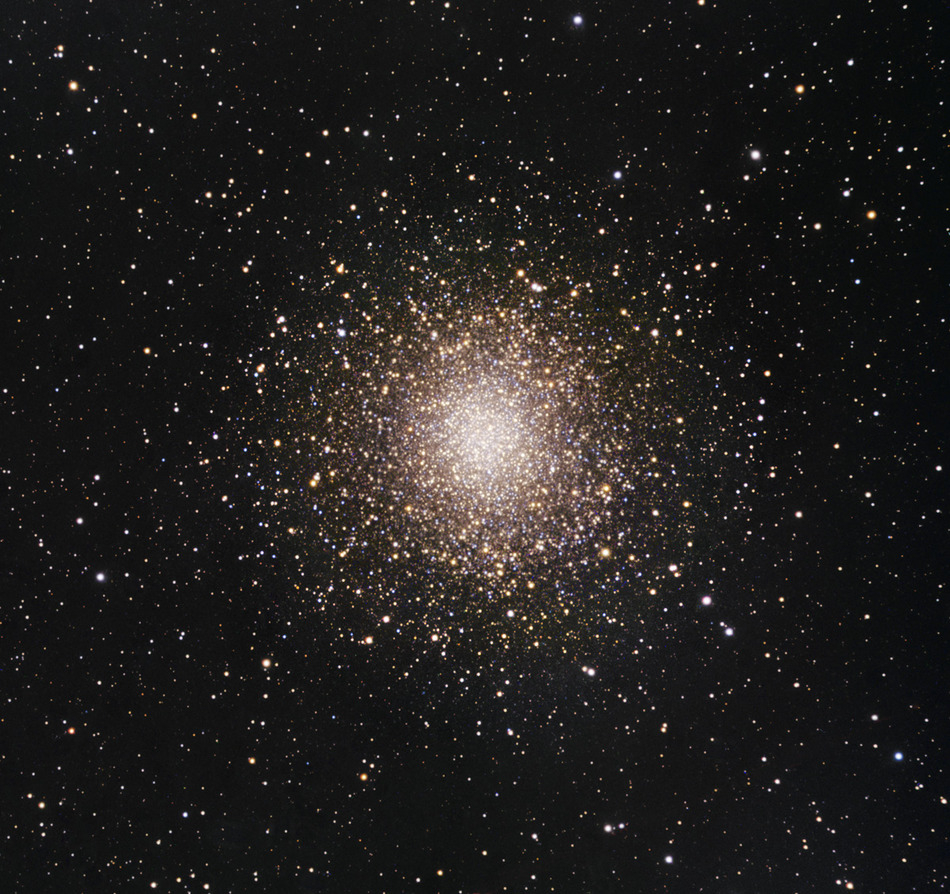This globular star cluster is worth studying because it demonstrates the most typical characteristics of a globular cluster. What do we mean by this? Well, let's compare some parameters of M14 with the range of values from the approximately 160 globular star clusters that orbit the Milky Way.
M14 contains a few hundred thousand stars; typically globular clusters contain anywhere from some tens of thousands to a million stars. The total mass of M14 is about one million solar masses, again in the middle of the range. The oldest star clusters have a metallicity (concentration of elements heavier than Helium) of less than 1% of that of our Sun; younger globular star clusters have a much higher concentration. M14's metallicity is 5%, right in the middle of the range. Therefore M14's age can be determined to be about 11 to 12 billion years. The oldest star clusters are less enriched with heavier elements. This is due to the shorter time span in which supernovae occurring before the formation of the star cluster were able to enrich their interstellar medium with heavy elements. Its distance from Earth is about 30000 light years, again a typical value. M14 contains about 70 variable stars, other globular clusters contain between some dozens to some hundreds. Finally, with its radius of 50 light years M14 again matches approximately the average of all globular clusters. So, take a closer look at M14, maybe the most average globular star cluster in the Milky Way.

